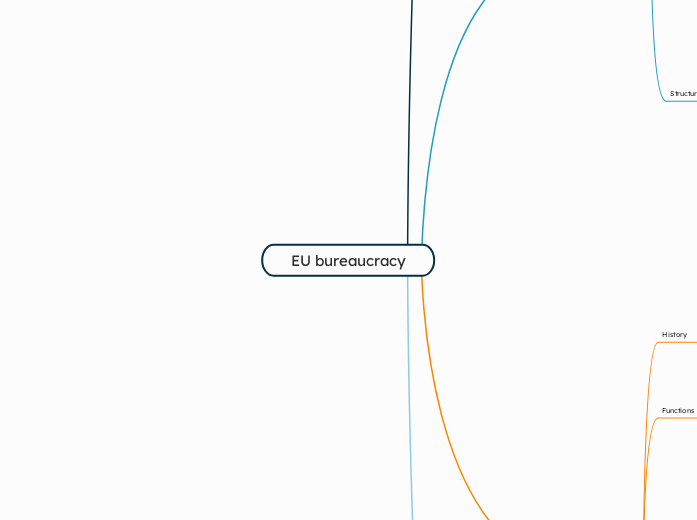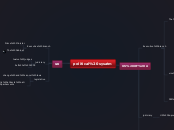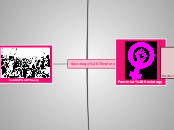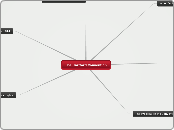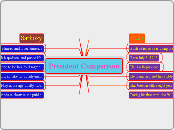Chestii în plus pe care nu știu unde să le pun pe hartă
Powers over time
Forum for exchange
That role now belongs to EuCo (though they don`t mind about it, since they don`t have that burden anymore)
Used to be where history-making decisions were made
Gradually increased executive functions (since the Maastrich Treaty)
Even though they lost legislative power (co-decision with EP)
Spitzenkandidat system
Informal (that`s why it wasn`t used in 2019 and people haven`t trusted it since)
The political group in the EP with most votes appoints the Commission`s president
EU bureaucracy
EuCo
EP
Commission
Directorates general (one for each commissioner)
Coordinated by the Secretariat-General
They can overlap though
College of Commissioners
1 commissioner/state
Appointment procedure:
6. Council appoints the accepted College by QMV
5. EP votes by simple majority on the College as a whole
4. EP holds confirmation hearings with each candidate (and can also reject them)
3. The Council adopts the full list of commissioners
2. President appoints 1 per member and gives them portfolios (each commissioner has a different one)
1. Each state suggests 1-2 candidates
President
Appointment
2. EP accepts/rejects (has never rejected)
1. Council proposes a candidate (voted by QMV)
Functions
Allocates commissioners` portfolios
Lays guidelines for the College
Manages/Oversees its implementation
Proposes 7-year EU budget
Represents the EU externally
In trade and enlargement negotiations
Enforces EU law
Can fine corporations
Can take states to court for not complying
Initiates/Proposes new policies
Council of the EU
Decision-making procedures
Informal
Always a preference for consensus
Helps avoid public disunity
Formal
Simple majority
Used for procedural issues
QMV
Based on a double majority
Representing >65% of the EU`s population
Approval of >55% of member states
Used in most policy areas
Unanimity
Abstentions don`t impede it
Today, used in foreign and security policy, taxation and enlargement
Structure
Presidency
Its task is to ensure:
Sound law-making
Cooperation between states and between EU bodies
Continuity of the agenda
Mediating functions: key role in setting agendas, in setting the pace and in foreign deals
Rotates between groups of 3 member states on an 18-month basis (6-months each)
Exception: Foreign Affairs department, whose presidency is held by the High Representative
5 year term, appointed by EuCo
General Secretariat
Tasked to ensure continuity and coordination in Council proceedings (ex. monitor meetings, translate etc.) (basically, the backstage job)
10 departments, each for a certain policy
How these levels work
5. If they agree, the proposal passes/If not, it goes back to lvl 3 (for revision)
About only 10% of proposals reach lvl 1
4. If COREPER agrees, the proposal passes/If not it goes to the ministers (lvl 1)
3. If they agree, the proposal passes/If not, it goes to COREPER (lvl 2)
2. Working groups and committees (lvl 3) decide on it
1. Proposal comes from the Commission
Each department has 3 levels of meetings
3. Committees and working groups
Working groups examine Commission proposals (most technical work is done here)
Aprox. 150 committees for different policies (some very specific, some broad)
2. COREPER (Committee of Permanent Representatives)
Filter between lvl 3 and lvl 1
Prepares ministerial meetings
Senior committees (from lvl 3) made lvl 2 decline in influence
Preparation includes whether matters should be A or B-points
B-points = not yet
A-points = already discussed and agreed upon
2 formations: COREPER 1 and COREPER 2
COREPER 2: high-politics
COREPER 1: routine low politics
All states have a permanent representative at Brussels (like an ambassador)
1. The ministers
Bring together relevant ministers from members (accompanied by advisers)
Powers
Mediating
Finds compromises between national govts., and between EU institutions
Budgetary
Co-decides budget with EP
Executive
Economic affairs
Sanctions members for exceeding budgetary deficit
Foreign and security policy
Takes decisions with immediate executive implications (ex. sanctions on Russia)
Single market
Works with the Commission on technical decisions (ex. regulating chemicals in food)
Legislative
Institutional triangle: EuCo proposes law, Council and EP co-decide
Deciosion-making on legislation
Non-binding: just advice where EU has shared/exclusive competencies
Binding: co-decides with EP
